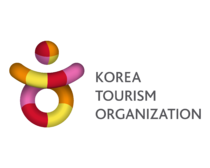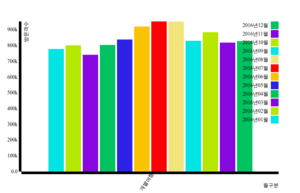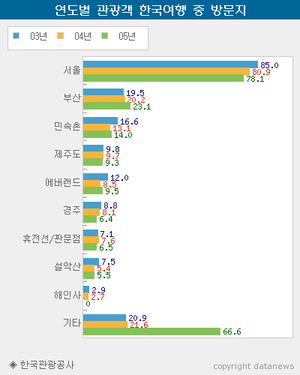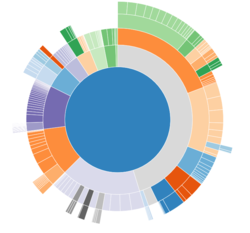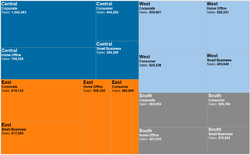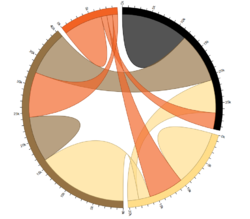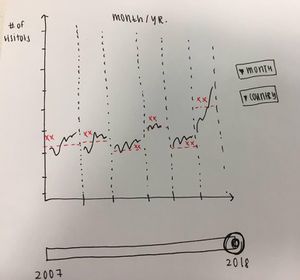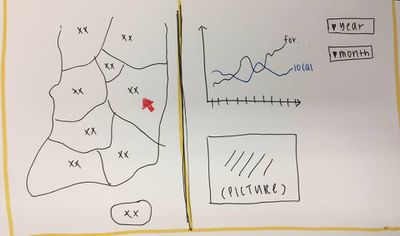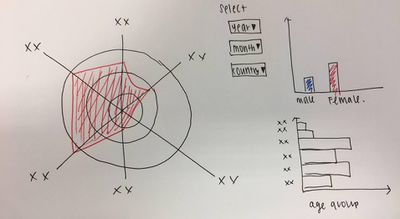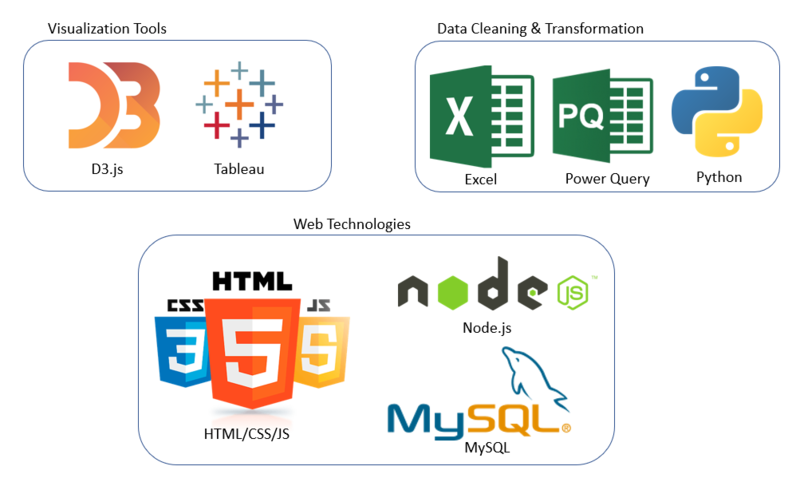Difference between revisions of "NO.G.A.D.A"
m |
|||
| Line 315: | Line 315: | ||
|- | |- | ||
| | | | ||
| − | * Unfamiliarity of Visualization Technologies such as Tableau, | + | * Unfamiliarity of Visualization Technologies such as Tableau, R etc. |
|| | || | ||
| − | * Attending Workshop on | + | * Attending Workshop on R |
* Hands on Practice with different technologies. | * Hands on Practice with different technologies. | ||
* Peer Learning. | * Peer Learning. | ||
Revision as of 18:43, 14 October 2018
Over the years, the tourism sector has been an essential part of South Korea’s growth, with over 17 million of foreign tourists having reached Korea in 2016. Under the Ministry of Culture and Tourism of South Korea, the Korea Tourism Organisation (KTO) currently oversees and promotes Korea as a vibrant and popular tourism destination through various strategic assignments. By 2022, some of the goals that KTO aims to reach is to receive earnings of USD$ 25 billion to boost its national economy, attract over 350 thousands of tourism industry employees, and become the best public enterprise.
With in this mind, KTO is currently working to improve the quality of tourism experience of international visitors and maximize the economic contribution in the long term.
Our main motivation in this research is to address the lack of a convenient and comprehensive platform to study the correlations and trends amidst South Korea’s rapidly growing and developing tourism industry.
Currently, Korea Tourism Organization (KTO) provides market reports and basic info-graphics to analyze large amounts of complex data through the website and annual reports. Having mentioned KTO’s goals before, it is essential to further identify areas that need attention and further investment and clarify seasonal patterns of international visitors.
Out of the many insights we can drive from the data set, we decided to focus on 3 main objectives. The objectives we hope to address through this project are as follows:
- Gain overall insight on the monthly visitor arrivals and seasonal trend to South Korea over the last 10 years.
- Identify popular tourism destinations in different regions of Korea and the yearly trend of the tourism destinations.
- Gain insights on the purpose of visit and other demographic information of the international visitors.
By taking a look at these three information about the tourism, we would be able to understand the influx of visitors, why they come along with the places they visit when they come. This would allow us and the users of the application to know what season is the most popular, what tourist attraction is popular in each province etc.
The Data Sets we will be using for our analysis and for our application is listed below:
| Dataset/Source | Data Attributes | Rationale Of Usage |
|---|---|---|
(2007 January - 2018 September) |
|
|
(2007 - 2018 ) |
|
|
(2007 - 2018) |
|
|
(2007 - 2018) |
|
|
(2007 - 2018) |
|
|
Before we embarked on this project, we did some basic background research on this topic to see if there were any visualizations or dashboards we could drive inspirations from or make it better. Below are a few visuals we found:
| Reference of Other Interactive Visualization | Learning Point |
|---|---|
Title: Monthly Number of Individual Travelling Visitors (2016) |
|
Title: Foreign tourists visiting Korea by 2015 |
|
Below are a few visualizations and charts we considered making for our projects.
| Visual Considerations | Insights / Comments |
|---|---|
Title: Sunburst Diagram |
|
Title: Treemap Source:https://www.theinformationlab.co.uk/2015/02/10/show-treemaps/ |
|
Title: Chord Diagram Source:https://beta.observablehq.com/@mbostock/d3-chord-diagram |
|
Below is the proposed story board for our project:
| Storyboard | Insights / Comments |
|---|---|
Title: Storyboard 1 - Seasonal Trend |
|
Title: Storyboard 2 - Tourist Attractions |
|
Title: Storyboard 3 - Demographic information |
|
The technologies we will be using for this Project is as below:
| Challenges | Mitigation Plan |
|---|---|
|
|
|
|
|
|
